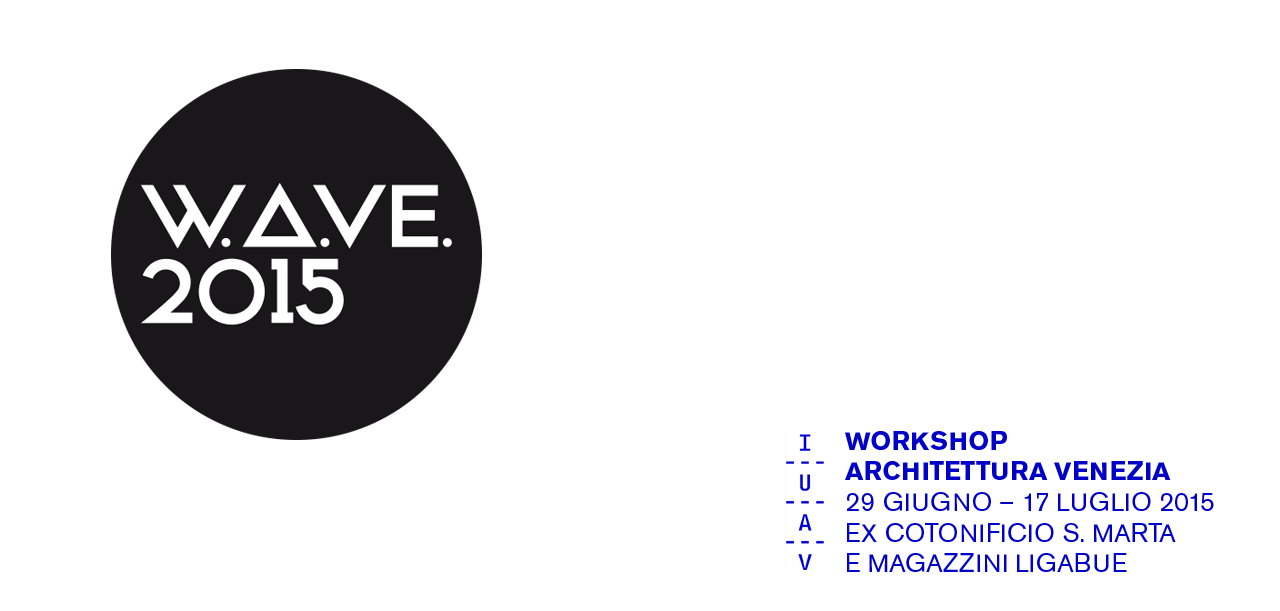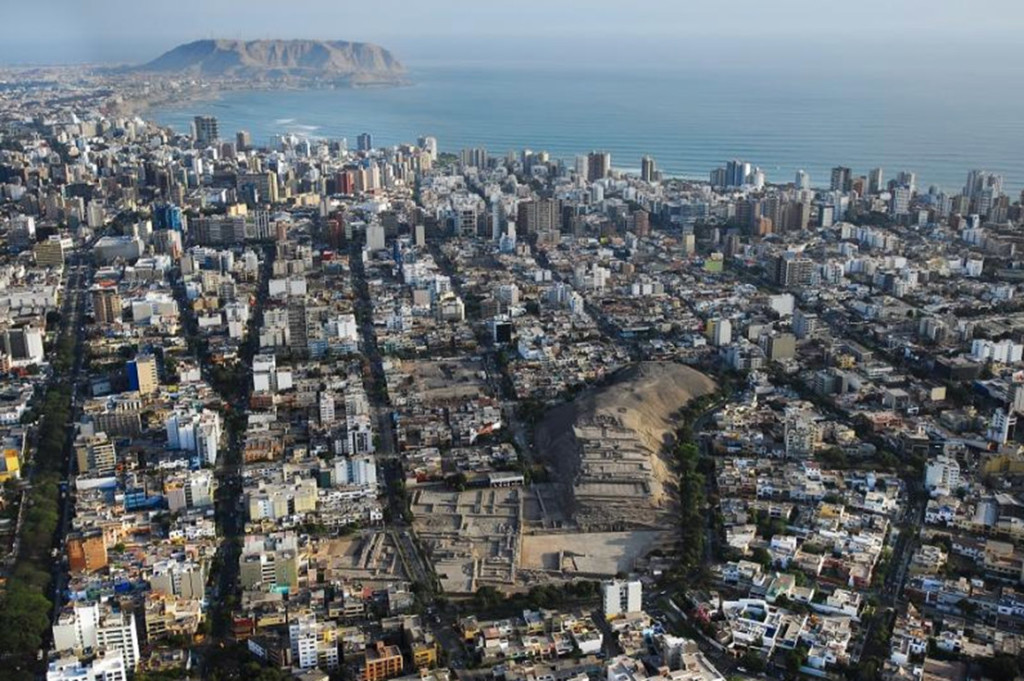Professors
Sandra Barclay, Jean Pierre Crousse [PE – FR]
Assistants
Alessandra Calmell, Anna Braghini
EN //
Background
Lima was founded on a fertile valley in one of the most arid deserts in the world. From prehistoric times, a huge system of irrigation canals, human settlements and temples have been erected.
Today, more than 300 archeological sites are located inside the urban grid. Only few of them have been studied and recognized as part of the city; the others have been left unveiled, protected only by surrounding wall, and are seen as voids in the city.
The search for new grounds to expand the city has transformed these voids in genuine “Black Holes” within the urban grid, hopelessly attracting formal and informal urban growth. These black holes are seen by Limeans as dark vacant spots, void of meaning or interest for the city.
The Problem
The present legislation, which should safeguard this heritage, is insufficient to effectively protect it. On the other hand, the population have the perception theses spaces are useless and vacant, in a fast-growing city where space for building new dwellings is scarce. Neither the population nor the authorities have any interest or real stake hold to preserve this misunderstood heritage. The future of Lima’s past is far from being assured. The solution cannot be purely legal and repressive, it should be creative and proactive.
The Workshop
We will propose new architectural and urban strategies that will enable the community to transform its perception of these sites, and hopefully to instill a vital transition from “urban black holes” to “public spaces” benefiting the community. The proposal will conciliate archeological heritage and contemporary needs to introduce a new imaginary in the city.
These strategies are looking for the active use of these spaces, ranging from productive, recreational, sports, and civic uses. The idea is to reverse the gravitational attraction these sites have in legal and illegal developers by an urban and architectural proposal that will transform and integrate these spaces to the city.
By analyzing one of these archeological sites, each design group will propose innovative urban and architectural projects capable of transforming the destructive attraction of these black holes in a positive attraction of public space.
First week: IMMERSION
June 29th / July 3rd: imaginary trip to the metropolis of Lima; construction of a different reality.
Second week: ATTRACTION
July 6th – 10th : proposals for changing the gravitational attraction of the site.
Third week: CONSTRUCTION
July 13th – 17th : proposal construction, final presentation.
IT //
Il Contesto
La città di Lima fu fondata nel 1535 in una valle fertile con un complesso ecosistema. Questa valle, in mezzo a uno dei deserti più aridi del mondo, è stata però abitata da tempi preistorici e le diverse culture che si sono susseguite, hanno costruito numerosi canali d’irrigazione, templi e insediamenti immersi nell’estensione agricola.
La Lima di oggi è una grande metropoli, con una popolazione di circa dieci milioni di abitanti. Ci sono più di trecento siti archeologici dentro il tessuto urbano, pochi dei quali sono stati studiati e riconosciuti come parte del tessuto urbanistico; la grande maggioranza si trova coperta da strati di sabbia, circondata da mura, spezzata dalla città.
La ricerca di nuovi spazi per l’espansione urbana ha trasformato questi reperti archeologici in veri “buchi neri” nel tessuto urbano, attraendo fatalmente i vettori di crescita urbana formali e abusivi. Questi buchi neri sono considerati dai “limeños” come macchie scure, vuote di significato e d’interesse per la città, come soli spazi da urbanizzare.
Il Problema
Le leggi che presumibilmente dovrebbero proteggere questo patrimonio sono insufficienti e inefficaci. I cittadini di Lima percepiscono questi luoghi come inservibili e inutili in una città in forte crescita, dove gli spazi di espansione urbana sono sempre più scarsi. Gli abitanti e certe autorità civili non dimostrano nessun interesse nella conservazione di questo patrimonio incompreso. La soluzione purtroppo non va nel senso della legalità e nemmeno in quello della repressione, ma riposa sulla creatività e nel coinvolgimento degli abitanti.
Il Workshop
Proponiamo di concepire nuove strategie architettoniche e urbanistiche che consentano alla comunità di cambiare la loro percezione di questi siti, e di far in modo che essi non siano più considerati dei buchi neri ma dei veri e propri spazi pubblici, a vantaggio di tutti.
La proposta cercherà di conciliare la presenza del patrimonio archeologico coi bisogni contemporanei della città, introducendo un nuovo immaginario urbano. Queste strategie vanno nel senso di un uso attivo di questi spazi, in un’ampia gamma che va dagli usi produttivi, ricreativi, sportivi, civili e commerciali. Ogni gruppo progettista avrà lo scopo di invertire l’attrazione gravitazionale distruttrice per riconquistarli come luoghi urbani d’incontro pubblico.
Prima settimana: IMMERSIONE
29 giugno / 3 luglio: viaggio immaginario nella metropoli di Lima, costruzione di una realtà diversa.
Seconda settimana: ATTRAZIONE
6/10 luglio: elaborazione di proposte per invertire l’attrazione gravitazionale del luogo del progetto.
Terza settimana: COSTRUZIONE
13/17 luglio: costruzione della proposta, presentazione finale.



Leave a Reply